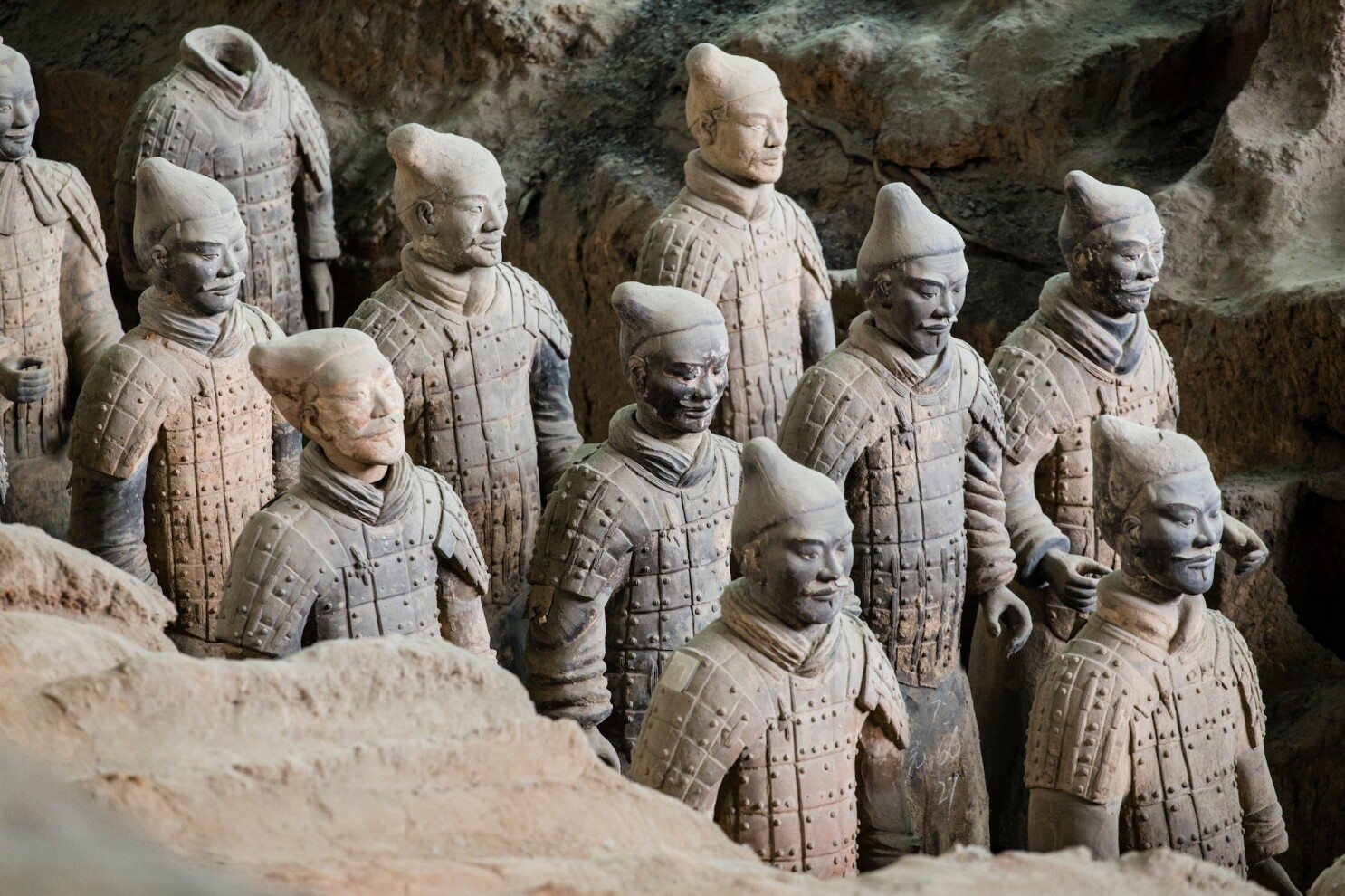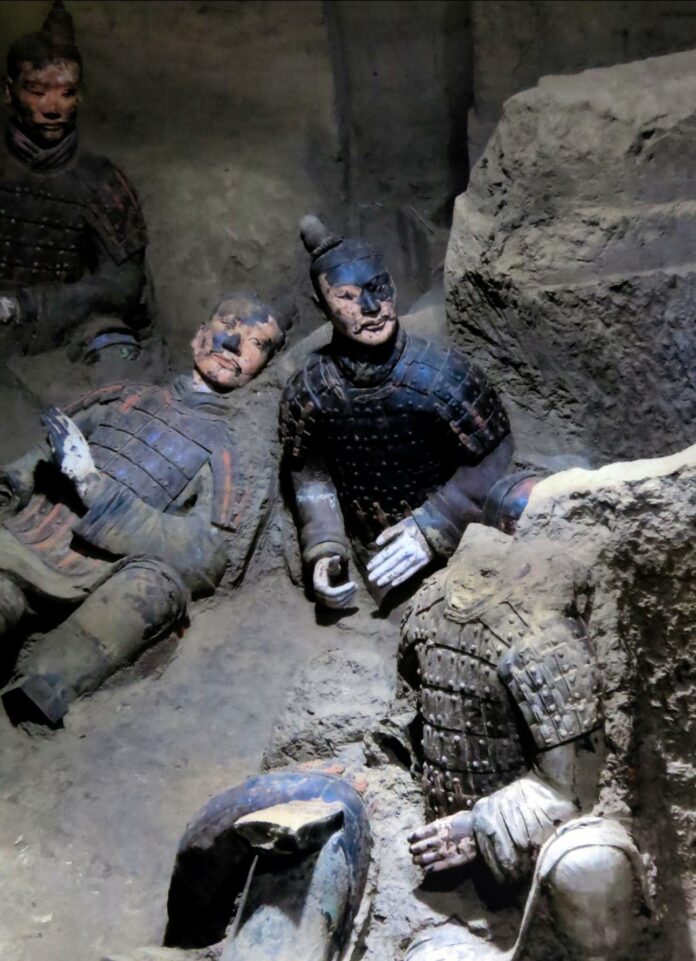The discovery of the Tomb of the First Emperor of China in 1974 marked a significant milestone in archaeological history. This extraordinary find unveiled a vast complex that contained life-sized terracotta warriors and other intricate artifacts, providing a glimpse into the grandeur of the Emperor’s reign and his vision for the afterlife.
The First Emperor of China, Qin Shi Huang, is renowned for unifying the country and establishing the Qin Dynasty. His reign, though brief, left an indelible mark on Chinese history. In life, he demonstrated immense power and ambition, which he intended to carry into death. To this end, he commissioned the construction of a monumental tomb complex designed to reflect his authority and grandeur.

The tomb complex is a marvel of ancient engineering and artistry. It includes replicas of palaces, scenic towers, and even rivers of mercury, which were believed to have protective and purifying properties. The most famous aspect of the tomb is undoubtedly the terracotta army, a collection of thousands of life-sized clay soldiers, horses, and chariots. Each figure is unique, meticulously crafted with distinct facial features, expressions, and armor, illustrating the Emperor’s military might and the highly organized structure of his forces.
The sheer scale and complexity of the tomb revolutionized our understanding of Chinese funerary culture. It showcased the lengths to which the Emperor went to ensure his legacy would endure beyond his earthly life. The tomb was designed to serve as a microcosm of the Emperor’s empire, an eternal stronghold that would accompany him into the afterlife.

Despite the extensive excavations and research, the exact purpose of the tomb’s elaborate design remains shrouded in mystery. Scholars and archaeologists continue to debate the symbolic meanings behind various elements of the tomb. Some suggest that it was intended to protect the Emperor in the afterlife, while others believe it was meant to project his power to future generations.
One of the most intriguing aspects of the tomb is the presence of mercury rivers. Historical texts describe these rivers as flowing in the tomb, symbolizing immortality and the Emperor’s quest for eternal life. Modern scientific investigations have detected high levels of mercury in the soil, lending credence to these ancient accounts and adding another layer of complexity to the tomb’s enigmatic design.
Though the voice of Qin Shi Huang is silent, his vision is encoded in the grandeur of his mausoleum. The tomb continues to astonish archaeologists and visitors alike, standing as a testament to the Emperor’s ambition and the advanced capabilities of ancient Chinese civilization. The discovery of this tomb has not only enriched our understanding of the past but also sparked endless fascination and curiosity about the mysteries that still lie beneath the earth.




